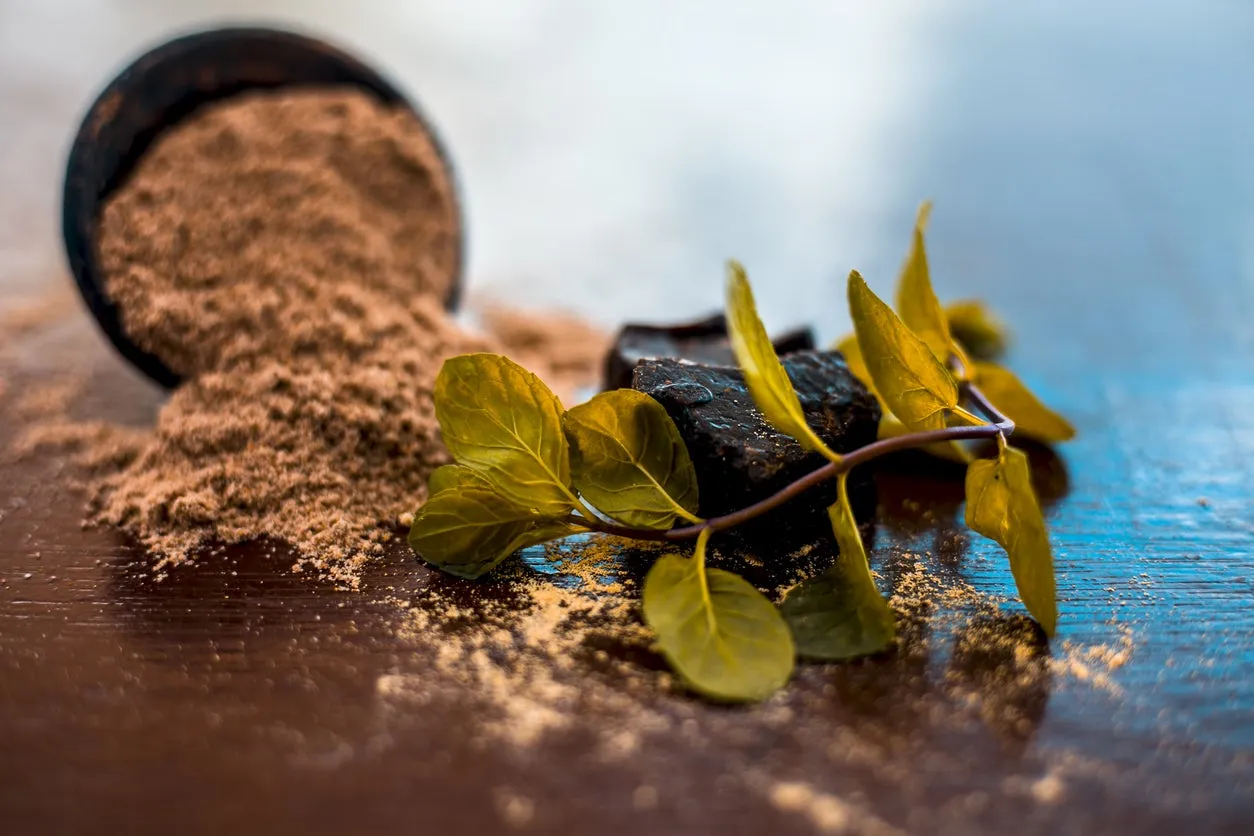
Aromatic plant or useful medicinal?
Historically, asafetida has been used botanically as a vegetable, flavor enhancer, and digestive. It has a long history in Indian cooking and Ayurvedic treatment. Many find the smell repulsive, even nauseating, yet you can add authenticity to your Indian meals while controlling your stomach if you know how to use this intriguing plant. Here are some growing guidelines for Asafetida.
What Is Asafetida?
Asafetida (Ferula foetida) has been cultivated and harvested for centuries. What is Asafetida? This same plant is referred to both as “Food of the Gods” and “Devil’s Dung,” making it confusing to the layperson. Should you eat it? Should you pull it up and discard it? That all depends upon how you wish to use the plant and what traditions your culinary palate can handle. Either way, the perennial herb bears attractive curly, lacy foliage and interesting flowering umbels that can enhance the garden in USDA zones 3 to 8. Asafetida is native in Afghanistan and into eastern Persia, now Iran. Among the many Asafetida uses are culinary and medicinal – as a brain stimulant, laxative, and effective respiratory medicine.
Characteristics
While Asafetida plant cultivation dates back to the 12th century, the plant itself grows on sandy, well-drained soils and was first observed by Western botanists in the Aral Desert. Asafetida is a herbaceous plant with a height range of 6 to 10 feet (1.8 to 3 meters). Its leaf resembles parsley and it has several sheathed petioles. The flower resembles members of the parsley family as well. Flabby oval fruits develop from large umbels of small pale green yellow blossoms. The plant is monocarpic, meaning it dies after flowering, and it takes years for it to flower.
Asafetida Plant Overview
The fact that Asafetida is used for so many different purposes suggests that its strong and disagreeable odor has not traditionally been a problem. Young shoots and leaves are regarded as delicacies and are prepared similarly to vegetables. Another application for the starchy root is to prepare porridge. It seems that boiling the plant helps get rid of the odor and improves the flavor of the herb. Although the smell and odor of the plant’s gum resin may be too strong for certain consumers, it is advertised as a garlic alternative. One of the most fascinating facts about Asafetida plants is that, in addition to its therapeutic uses, it is a hidden component in Worcester sauce, sometimes known as Worcestershire sauce. In Afghani and Indian cooking, it is still frequently used as a seasoning and digestive help.
Cultivating Asafetida Plants
To begin cultivating Asafetida plants on your own, you must first acquire some good seed. The plant can tolerate a wide range of pH levels and soil consistencies, but it needs a well-draining medium. Asafetida needs direct sunlight. Directly sow seeds onto prepared beds in the fall or early spring. Being in a cold, wet environment helps with germination. Sprinkle a thin coating of sand over the seeds after they have been sown on the soil’s surface. Plant seeds 2 feet (60 cm) apart, and until they germinate, keep them somewhat moist. After that, water a few inches down when the soil is completely dry. Once a plant reaches several feet in height, it is usually self-sufficient, however some might need to be staked.
Managing Asafetida Growth
If you don’t want a field of this herb, you might need to remove the flower heads before they go to seed because they can self-sow in some areas. When the branches and leaves are young and sensitive, harvest for vegetables.


